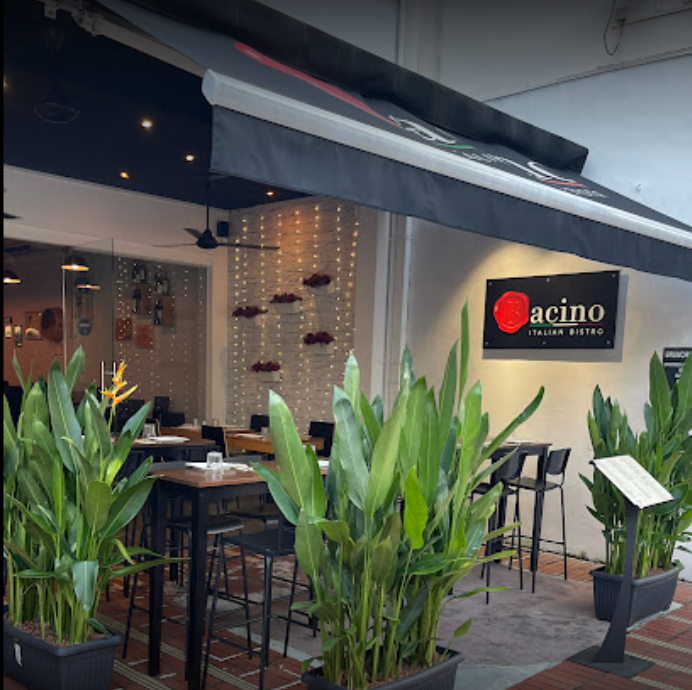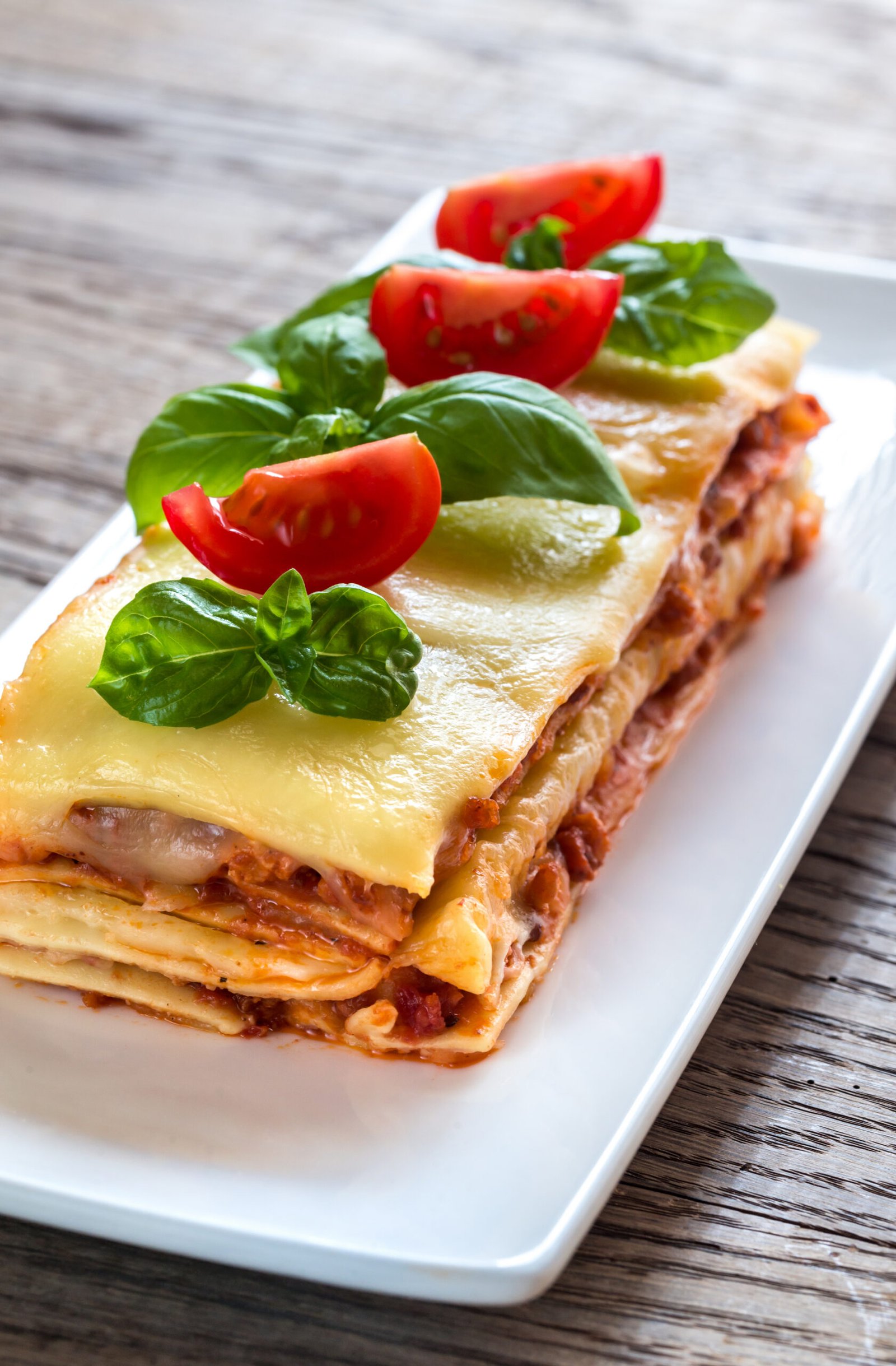Olive oil is a cornerstone of Italian cuisine, cherished for its rich flavor and health benefits. Its quality and characteristics can significantly influence the taste of a dish, making it an essential ingredient in Italian restaurants. This article delves into the types of olive oil commonly used in Italian restaurants, exploring their origins, classifications, and the factors that determine their selection. By understanding the nuances of olive oil, diners can gain a deeper appreciation for the culinary artistry behind their favorite Italian dishes.
The Importance of Olive Oil in Italian Cuisine
In Italy, olive oil is more than just an ingredient; it is a symbol of the country’s culinary heritage and agricultural traditions. The use of olive oil dates back thousands of years, with ancient civilizations recognizing its nutritional and medicinal properties. Today, olive oil remains a fundamental component of Italian cooking, used in everything from salads and marinades to sautéing and frying.
Italian chefs prize olive oil for its versatility and ability to enhance the flavors of other ingredients. Its use varies depending on the dish, with different types of olive oil chosen for specific culinary purposes. Understanding the characteristics of these oils can provide insight into their role in Italian cuisine.
Classifications of Olive Oil
Olive oil is classified based on its production process, acidity levels, and flavor profile. The primary classifications include:
- Extra Virgin Olive Oil (EVOO): The highest quality olive oil, EVOO is obtained from the first cold pressing of olives. It has a low acidity level (less than 0.8%) and a robust flavor, often described as fruity or peppery. EVOO is typically used for finishing dishes, dressings, and dipping, where its complex flavors can be fully appreciated.
- Virgin Olive Oil: Similar to EVOO, virgin olive oil is also obtained through the first pressing of olives but has a slightly higher acidity level (up to 2%). It has a milder flavor than EVOO and is suitable for cooking methods that do not require high heat.
- Pure Olive Oil: A blend of refined olive oil and a small percentage of virgin or extra virgin olive oil, pure olive oil has a neutral flavor and higher smoke point, making it suitable for frying and sautéing.
- Light Olive Oil: Despite its name, light olive oil is not lower in calories but refers to its lighter flavor and color. It is a blend of refined olive oils with a higher smoke point, making it ideal for high-heat cooking.
Factors Influencing Olive Oil Selection in Italian Restaurants
Italian restaurants select olive oils based on several factors, including the type of cuisine, regional preferences, and the desired flavor profile. Here are some key considerations:
- Regional Origins: Italy is home to numerous olive-growing regions, each producing oils with distinct flavors and characteristics. For example:
- Tuscany: Known for its robust, peppery EVOOs, Tuscan olive oil is favored for its bold flavors, making it ideal for finishing dishes and salads.
- Sicily: Sicilian olive oils often have a fruity and slightly spicy flavor, complementing the island’s vibrant cuisine.
- Puglia: As one of Italy’s largest olive oil-producing regions, Puglia offers a variety of oils, ranging from delicate to intense. Its oils are versatile and used in various culinary applications.
- Flavor Profiles: The flavor of olive oil can range from mild and buttery to bold and peppery. Italian chefs choose olive oils based on the specific flavors they want to impart to their dishes. For instance, a delicate olive oil may be used in a light salad dressing, while a more robust oil might be drizzled over a hearty pasta dish.
- Cooking Techniques: The type of olive oil used also depends on the cooking technique. EVOO is often reserved for raw applications or as a finishing touch due to its lower smoke point and intense flavor. For frying or sautéing, chefs may opt for pure or light olive oil, which can withstand higher temperatures without compromising the dish’s taste.
- Authenticity and Tradition: Many Italian restaurants prioritize authenticity and tradition in their cooking. This often means using olive oils from specific regions or producers that align with the restaurant’s culinary philosophy. Using traditional oils can enhance the authenticity of dishes and provide diners with a genuine Italian experience.
Popular Olive Oil Brands in Italian Restaurants
Several olive oil brands are renowned for their quality and are commonly used in Italian restaurants. These brands are often chosen for their consistency, flavor, and adherence to traditional production methods. Some popular brands include:
- Frantoio Franci: Hailing from Tuscany, Frantoio Franci produces award-winning EVOOs known for their robust and peppery flavor. Their oils are a favorite among chefs for finishing dishes and adding a burst of flavor.
- Olio Carli: This Ligurian brand offers a range of olive oils, including EVOO and pure olive oil. Olio Carli is appreciated for its mild, buttery flavor, making it versatile for both cooking and finishing.
- Roi: Specializing in Taggiasca olive oil from Liguria, Roi’s EVOOs are fruity and delicate, ideal for salads, seafood, and light pasta dishes.
- Partanna: From Sicily, Partanna produces rich, fruity olive oils with a slightly spicy finish. Their EVOOs are perfect for drizzling over roasted vegetables, bruschetta, and grilled meats.
- Colavita: As one of the most recognized Italian olive oil brands worldwide, Colavita offers a wide range of products. Their EVOO is known for its balanced flavor and is used in various culinary applications.
The Role of Olive Oil in Specific Dishes
Olive oil plays a crucial role in many Italian dishes, contributing to their flavor, texture, and authenticity. Here are some examples of how different types of olive oil are used in Italian cuisine:
- Bruschetta: A classic Italian appetizer, bruschetta is typically topped with a mixture of tomatoes, basil, garlic, and a drizzle of EVOO. The choice of EVOO can enhance the freshness and complexity of this simple dish.
- Pasta: Olive oil is a key ingredient in many pasta recipes, from aglio e olio to pesto. The type of olive oil used can influence the overall taste, with robust oils adding depth to hearty sauces and delicate oils complementing lighter dishes.
- Salads: In salads, EVOO is often used to create vinaigrettes and dressings. Its fruity and peppery notes can elevate the flavors of fresh vegetables, cheese, and herbs.
- Grilled Meats and Seafood: Drizzling EVOO over grilled meats and seafood can enhance their natural flavors and add a touch of richness. Olive oil is also used in marinades to tenderize and infuse the protein with flavor.
- Soups and Stews: Adding a splash of EVOO to soups and stews just before serving can enrich the dish and provide a luxurious finish. It is especially popular in bean soups and minestrone.
Personal Experiences and Anecdotes
To provide a more comprehensive view of olive oil use in Italian restaurants, it is helpful to include personal experiences and anecdotes from chefs and diners:
- Chef’s Perspective: An Italian chef in Singapore shares, “Choosing the right olive oil is essential to achieving the authentic taste of Italian dishes. We use EVOO from Tuscany for its bold flavor and high quality. It’s perfect for finishing dishes and adding a touch of Italian authenticity.”
- Diner’s Insight: A frequent diner at Italian restaurants remarks, “I’ve noticed that the quality of olive oil used in a dish can make a significant difference. A good EVOO enhances the flavors and makes the dining experience more enjoyable. I always appreciate when restaurants pay attention to this detail.”
- Restaurant Owner’s View: The owner of a popular Italian restaurant explains, “We source our olive oils from small producers in Italy who adhere to traditional methods. This ensures that our dishes have the genuine taste of Italy. Our customers often comment on the quality of our olive oil, which is a testament to its importance.”
The Future of Olive Oil in Italian Restaurants
As consumers become more knowledgeable about food quality and sourcing, the demand for high-quality olive oil in Italian restaurants is expected to grow. Chefs and restaurant owners are likely to continue prioritizing premium olive oils that enhance their dishes and align with their culinary philosophies.
Sustainability and ethical production practices are also becoming increasingly important. Restaurants may focus on sourcing olive oils from producers who use sustainable farming methods and support local communities. This not only ensures the quality of the oil but also contributes to the broader goal of environmental stewardship.
Conclusion: The Essence of Olive Oil in Italian Cuisine
Olive oil is an indispensable element of Italian cuisine, celebrated for its flavor, versatility, and health benefits. Italian restaurants carefully select their olive oils based on regional origins, flavor profiles, and cooking techniques to ensure their dishes reflect the true essence of Italy.
From robust EVOOs used for finishing dishes to lighter oils for cooking, the choice of olive oil can significantly influence the dining experience. By understanding the importance of olive oil in Italian cuisine, diners can gain a deeper appreciation for the culinary artistry that goes into creating their favorite dishes. Whether enjoying a simple bruschetta or a complex pasta, the presence of high-quality olive oil is a testament to the rich culinary heritage of Italy.














































































